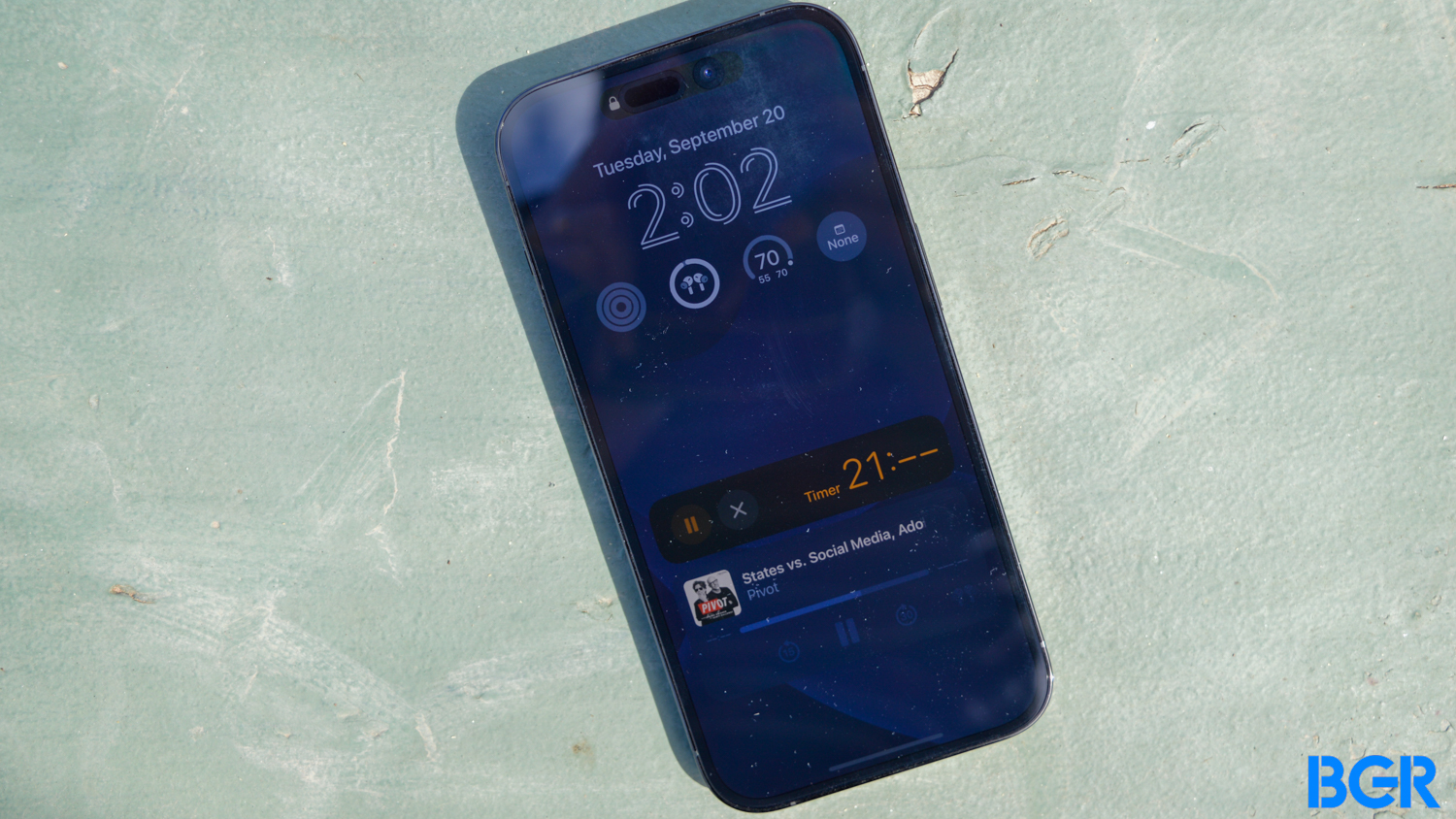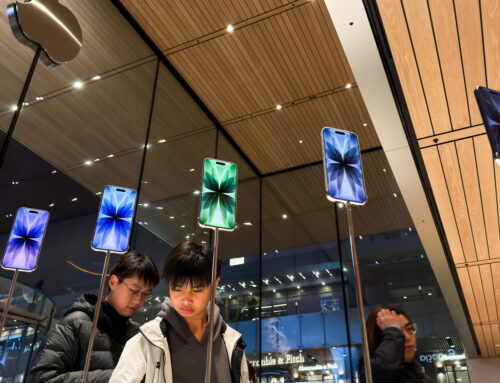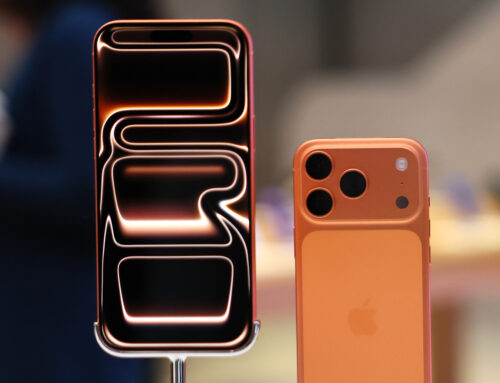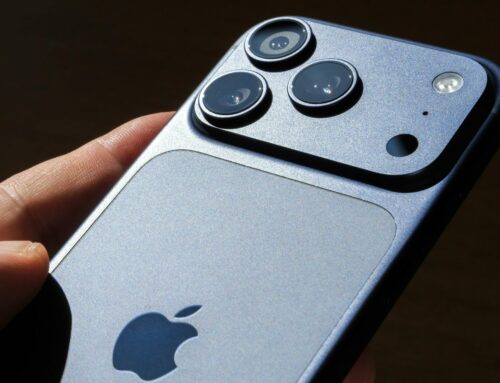After the big iOS 16.1 update, Apple is already testing iOS 16.2 with developers. The next major iPhone operating system update will bring a feature called Custom Accessibility Mode that will be available to all iPhone users on iOS 16.2 or later. The new feature’s name might not be enough to indicate how important it is. But Custom Accessibility Mode is certainly something to keep in mind for future use.
The new iPhone feature will let you access a more streamlined user interface that might completely change how you use the iPhone. The accessibility feature includes a significant UI redesign to the home screen and app experiences, making the handset more accessible to some people.
iOS 16 is already pretty intuitive as it is. You don’t have to be a long-time iPhone user to figure out how to maneuver the handset and get what you need out of apps.
It might take some time to refine your workflow if you’re switching to an iPhone or getting your first smartphone. And it could take years to learn all the tips and tricks.
However, it’s almost effortless to navigate the iPhone. The same goes for the iPad. And now that the Mac has a UI similar to the iPhone, moving to an Apple computer from Windows should be even easier.
With that in mind, the Custom Accessibility Mode in iOS 16.2 will turn the iPhone and iPad into even simpler devices. 9to5Mac found the iOS 16.2 feature in the second beta’s code.
The mode is codenamed “Clarity” within Apple. It’ll replace the main iOS interface (Springboard) with a simpler design. Users will be able to customize the experience to make better sense of the iPhone. They can set larger text and controls, plus choose a different app layout. The screenshots above indicate that you’ll be able to select between grids and lists.
The Custom Accessibility Mode will also impact the app design, not just the general iOS user interface. Moreover, users will be able to disable and enable the simpler UI by triple-clicking on the side button or the Home button. They can also protect the mode with a password so others don’t interfere with the customizations.
That said, Custom Accessibility Mode might not be an iOS 16.2 feature most people will be interested in. But it can appeal to the elderly, especially if they have not used smartphones before. Moreover, the larger UI elements could cater to people suffering from various eye conditions.
As 9to5Mac explains, there’s no guarantee that the final iOS 16.2 release will include Custom Accessibility Mode. But it looks like Apple will soon add it to iPhone and iPad.
More Apple coverage: Check out the best Apple deals online right now.







